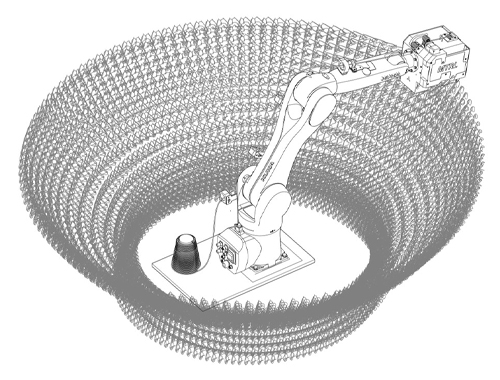
There is growing interest in incorporating digitally fabricated textiles into architecture. While most studies have addressed knitting and yarn winding, only a handful have involved crocheting. Crochet is a traditional handcraft that uses a hook to create fabric from a single yarn. Crochet is exceptional in its capability of creating seamless complex 3D shells. Despite significant progress attained in the computation of crocheting instructions, which positions it in an additive manufacturing context, a rigorous fabrication solution for crochet is still lacking. The present study examines the possibilities of applying additive manufacturing principles for adapting crochet from handcraft into digital fabrication using a robotic arm. The experimental phase focuses on toolpath design, targeting the primary steps involved in the performance of crochet stitches using a robotic arm. Initial stages include a manual scheme, using 3D-scanned pre-prepared cloth as a foundation for path design, and recording the crochet hook path in digital format. This study defines the first steps in transitioning crochet from handcraft to a robotic process and establishes the method’s feasibility based on the computational design of the tool path. Robotic crochet enables the production of remarkably complex seamless 3D textiles in large-scale formats and opens the field to architectural applications.